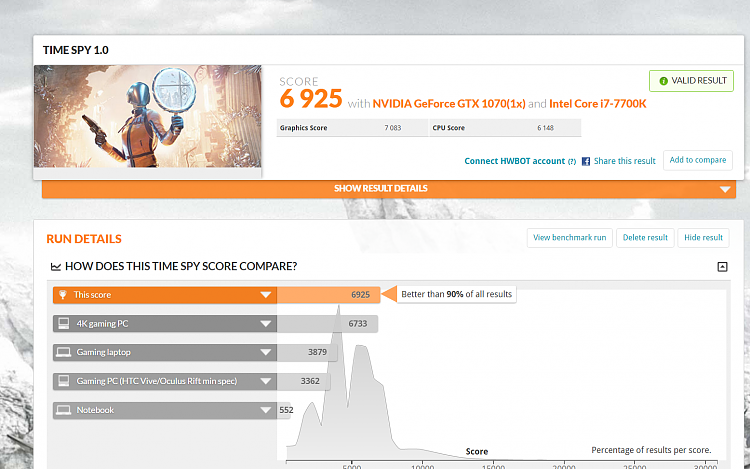
Decide on how you want to invest in the S&P 500-via an ETF, an index fund or individual stocks. You can invest in the S&P 500 through a brokerage account, an individual retirement account (IRA) or your 401(k). This will help you make informed decisions about your investment strategy. The first step is to understand how the S&P 500 stock market index works and how it can fit in with your overall investment goals. You’ve got plenty of options to invest in the S&P 500. If you’re truly torn between two, you could consider using one fund in your 401(k) and the other in an IRA or your taxable investment account. The best funds post broadly similar returns that are within a few percentage points of each other, and there’s little to gain by splitting assets between two funds. Keep in mind that you only need one S&P 500 index fund in your portfolio. Funds with longer histories can help you see how an index fund capitalized on bull markets and mitigated losses in bear markets. If you’re an investor who prefers to see a solid track record for a fund prior to investment, pay attention to the fund’s inception date. Be sure to compare the dividend yield between index funds as dividends could boost returns, even in down markets. Dividends can be one of the perks of investing in large-cap companies. Make sure your favorites align with the initial amount you have to invest and that you’ll be able to purchase more shares in intervals that work with your budget. Index funds have different investment minimums for taxable investment accounts and IRAs. Because all S&P 500 index funds perform very similarly, the amount you’re paying in fees becomes incredibly important when picking a fund. As index funds are passively managed, expense ratios, which represent the fees you pay for the upkeep of your fund, should be nominal. There are many S&P 500 index funds available in the market, so it’s important to keep a few criteria to pick the right one for your portfolio. Similarly, investing in an S&P 500 index fund is one of the simplest and most popular ways to gain exposure to Wall Street without picking individual stocks. It also admittedly plays favorites with some sectors, with technology leading the index at 28% of the weighting while utility stocks add up to less than 3% of the total.īut if you simply want to know what’s going on in “the stock market,” the S&P 500 index is as good a proxy as you’ll find. It’s not perfect, as it excludes a lot of the little guys. The S&P 500 is widely recognized to be the best measure of Wall Street performance. companies when ranked by market value.Īn index fund is a diversified investment vehicle that is locked to a fixed list of assets, or an “index.” These are passive lineups, as opposed to more active strategies that depend on a money manager trading individual positions voluntarily. The S&P 500 index is this company’s flagship product, composed of the 500 largest U.S. Think of it as a company that digs into all the numbers behind stocks and other assets. S&P Global is a major provider and manager of market data. If you’re unclear on what an S&P 500 index fund is, it’s worth breaking down various parts of this larger term to help it make sense. It is the only established equal-weight S&P 500 index fund available to mutual fund investors. The only exception to this is the “equal weight” S&P 500 fund, which is significantly more expensive but offers the feature of additional diversification. A low minimum investment threshold of no more than $3,000.An expense ratio of less than 0.04% or less, which is just $4 annually on every $10,000 invested.A minimum of $2 billion in assets under management.That’s why our list is built with a focus on scale and cost-effectiveness, including:

So unless they have scale, most providers end up charging several times more than the cheapest options. The challenge is that even indexed mutual funds can cost a modest amount in recordkeeping and reporting charges. Every investment provider offering a 401(k) or IRA platform has an incentive to set up their own cookie-cutter vehicle rather than refer their clients-and their fees-to one of the big guys. While the list of S&P 500 ETFs is fairly small and dominated by big money managers, the mutual fund universe is more crowded.Īfter all, it’s not terribly difficult to replicate this list of the 500 largest U.S.


 0 kommentar(er)
0 kommentar(er)
